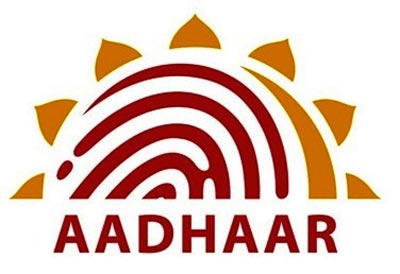Today is India’s 66th Independence Day and the environment around, seems, to be generally shorn of excitement, energy and optimism. However, as is customary on such occasions, a call to the people – all of us – is, well, called for: to galvanise us all to action, to put our shoulders to the wheel of policy making that will make economic activity explode. Such calls for action and indeed, the action, itself require us all to imagine an India that is radically different from the one that we see and experience each day around us.
Nandan Nilekani wrote “Imagining India” in 2008 and one of the things he imagined has since been actualised in the form of the Aadhar / UID project that provides an Identity card and number to every resident of India. Over 600million people would be recipients of this card by next year, 2014. In and as of itself, this would have been a gargantuan exercise, amongst the very largest in the world. But that by itself wouldn’t be as interesting as what the prevalence of the Aadhar infrastructure can enable. Identity is a fundamental pre-requisite for any kind of financial transaction and the Aadhar project enables that. “Know your customer” ( KYC) norms can now be easily done for all kinds of activities eg. From opening a bank account to applying for a gas connection to a phone to availing a loan to purchasing insurance. Hundreds of millions of people who operated in the informal or extra-legal financial services market will now come under the more benign, formal, organised and recognised regime.
Much earlier in the 1980s, Sam Pitroda imagined an India transformed with the creation and establishment of a nationwide telecom infrastructure. Today, we all are witness to the remarkable benefits that this imagination has brought about. Over 900 million phone subscribers in just over two decades.
Even earlier, in the 1960s Dr Verghese Kurien imagined a young country that would be self-sufficient in milk. Operation Flood made India, formerly a milk deficient country, the world’s largest producer of milk accounting for over 17% of global output with an entire infrastructure, from rural to urban, tradition and technology to markets and branding.
Each of the above examples showcases the huge long term national benefits of creating big platforms – Unique Identity, Telecom, Milk Production and Distribution – through the sheer power of imagination, entrepreneurial energy, policy making, political will and savvy marketing. Platforms are soft and hard infrastructure – policy, rules of engagement and collaboration, co-opting of existing stakeholders, creation and harnessing of technology, innovative processes and business models. Such platforms while usually created and established by the government to serve public good, interest and national security, it is the subsequent entry of private entrepreneurs that enables the proliferation and development of additional technologies and services. For example, the mother of all platforms today, the internet, had its origins in the US Department of Defence Advanced Project Network.
So as we enter our 67th year as a nation, what is it that we can imagine? Indeed, what should we imagine? Very briefly,
i) Education: In the age of MOOCs and Wikis, why cannot India have a national programme for education using and deploying the latest technologies? Video based learning, local languages with local examples, with the best teachers, with online testing? This will require the creation of a massive technology backbone, co-opting of existing institutions, training, establishment of processes and rules, financial incentives, payment and collection mechanisms for the entry and exit of private entities.
ii) Healthcare is another area that requires enormous intervention along the lines being discussed. Telemedicine, remote diagnostics, new innovative low cost devices for self testing and medication, education and awareness, mobile clinics, logistics for moving patients and equipment, innovative payment systems, policy, regulation and oversight are areas that have to come together.
iii) A marketplace for logistics providers – air, land and sea – across the value chain, integrated with warehouses, C&F agents, insurance providers, payments and settlements, processes for transparent pricing. Can be very useful for agriculture and industry.
There obviously are many more possibilities (viz. defence and space) and initiatives that can be imagined that will help all of us Indians and India. Can we set the ball rolling and start the process of engagement with various stakeholders – government, industry bodies, entrepreneurs and others – to help create platforms that can create a new India? Can we create and curate ideas for platforms that have the immense potential to fundamentally transform India. Just Imagine.



